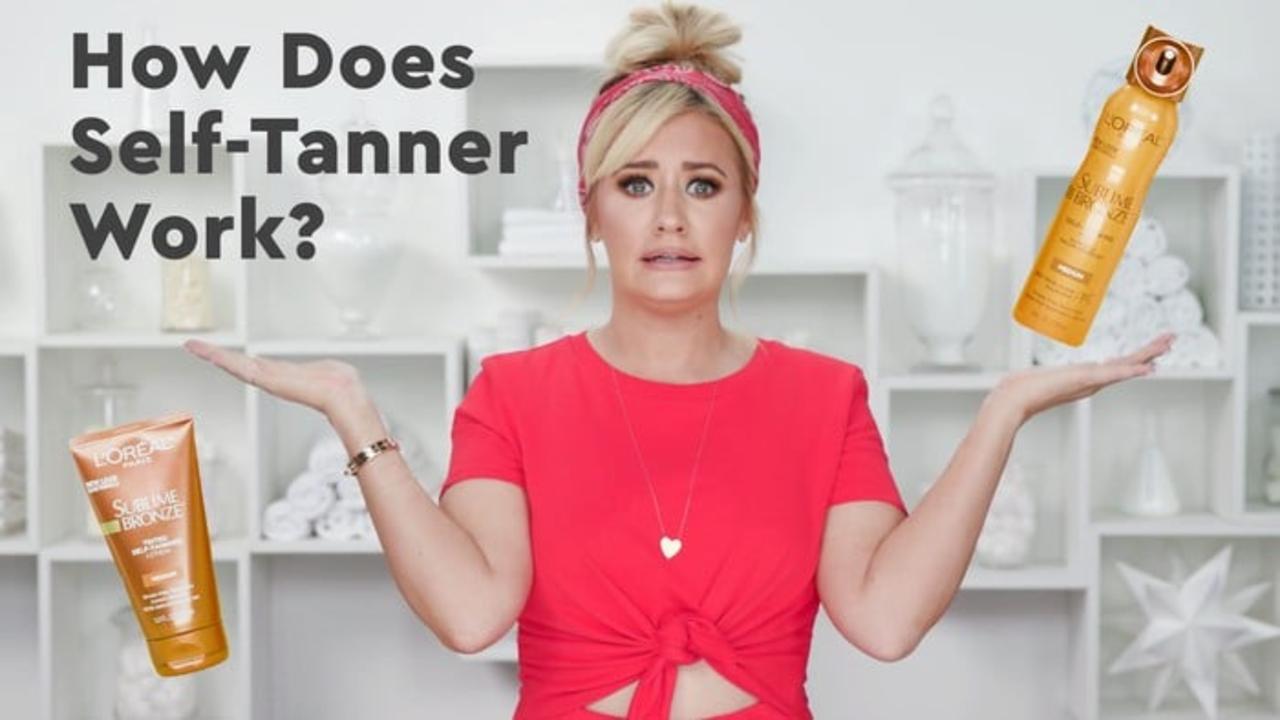
Sun-kissed skin may look nice, but tanning can damage our skin and cause premature aging.
That's why many opt to go the sunless tanning route, rather than spending hours in the sun.
When it comes to choosing the best sunless tanner, there are tons of different options, including creams, gels, and mousses.
But have you ever wondered how self tanner actually works?
Ahead, we break everything down.
What Is Dihydroxyacetone?
The answer is dihydroxyacetone (DHA).
It's a type of sugar that's primarily used in sunless tanners.
DHA has skin-darkening properties and comes from plant sources like beets or sugarcane.
When applied to our skin, DHA produces molecules that are similar to the pigments we get when we tan in the sun.
Is DHA Safe to Use?
While DHA is approved by the FDA, there's no clear verdict on how deep it can penetrate the skin, so some people choose to forgo the ingredient.
DHA can also be potentially harmful if inhaled - something to keep in mind for airbrush formulas.
Are There DHA-Free Alternative Sunless Tanners?
There are, however, DHA-free alternatives on the market, which contain a sugar called erythrulose that's found in red berries.
Erythrulose works slower than DHA to produce a tan.
The DHA-driven sunless tanning process typically takes about four to eight hours to see a color payoff, while DHA-free alternatives can take anywhere from 24 to 48 hours.
Do Sunless Tanners Project You From UV Rays?
Definitely don't forget to apply SPF!
Yes, sunless tanner will give you a beach-ready faux tan, but it does nothing to protect your skin from harmful UV rays.
Now that you know how self-tanner works to get you glowing, watch the latest episode of POPSUGAR's new beauty explainer series, The Makeup, for application tips from our resident beauty expert, Kirbie Johnson.
